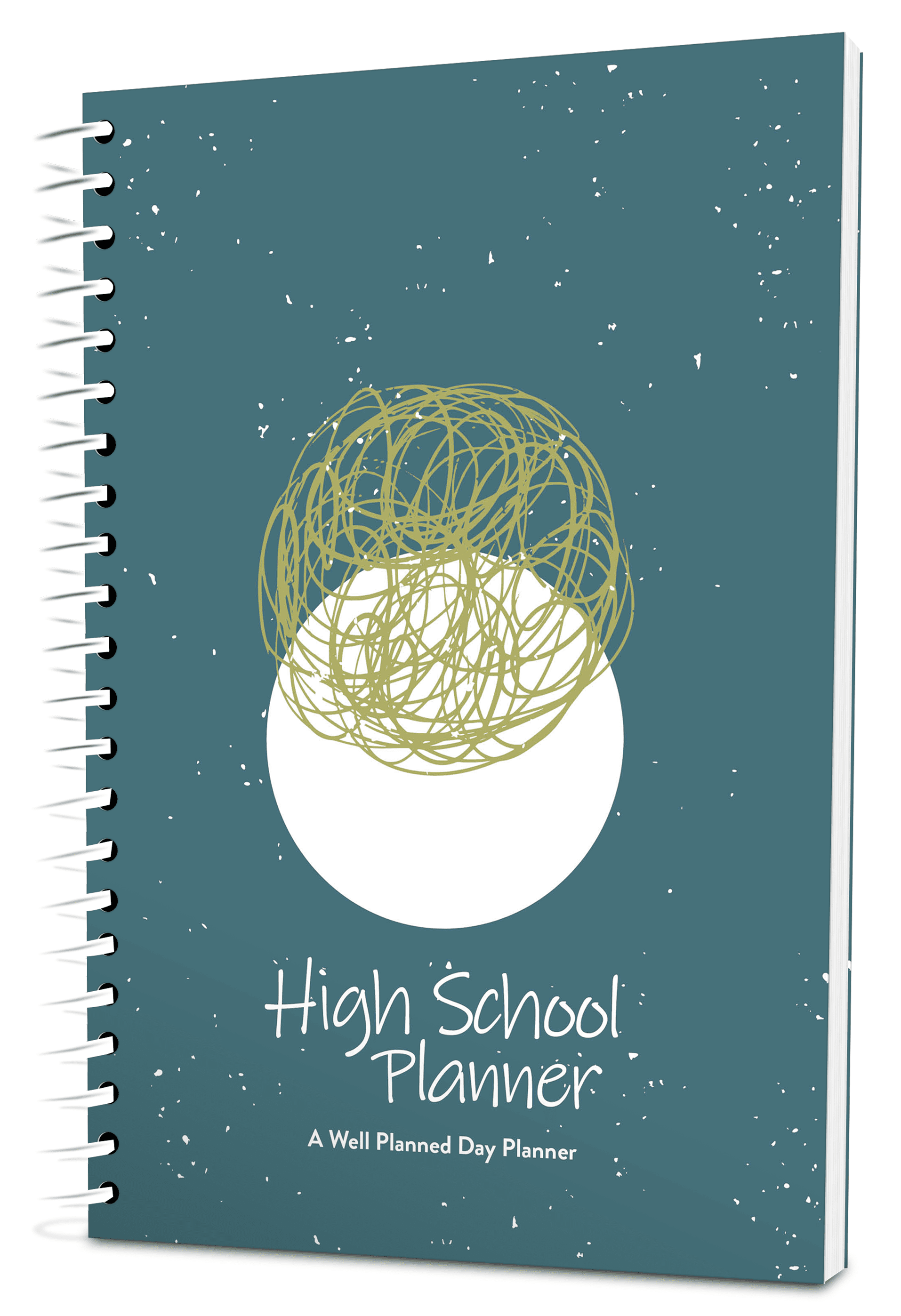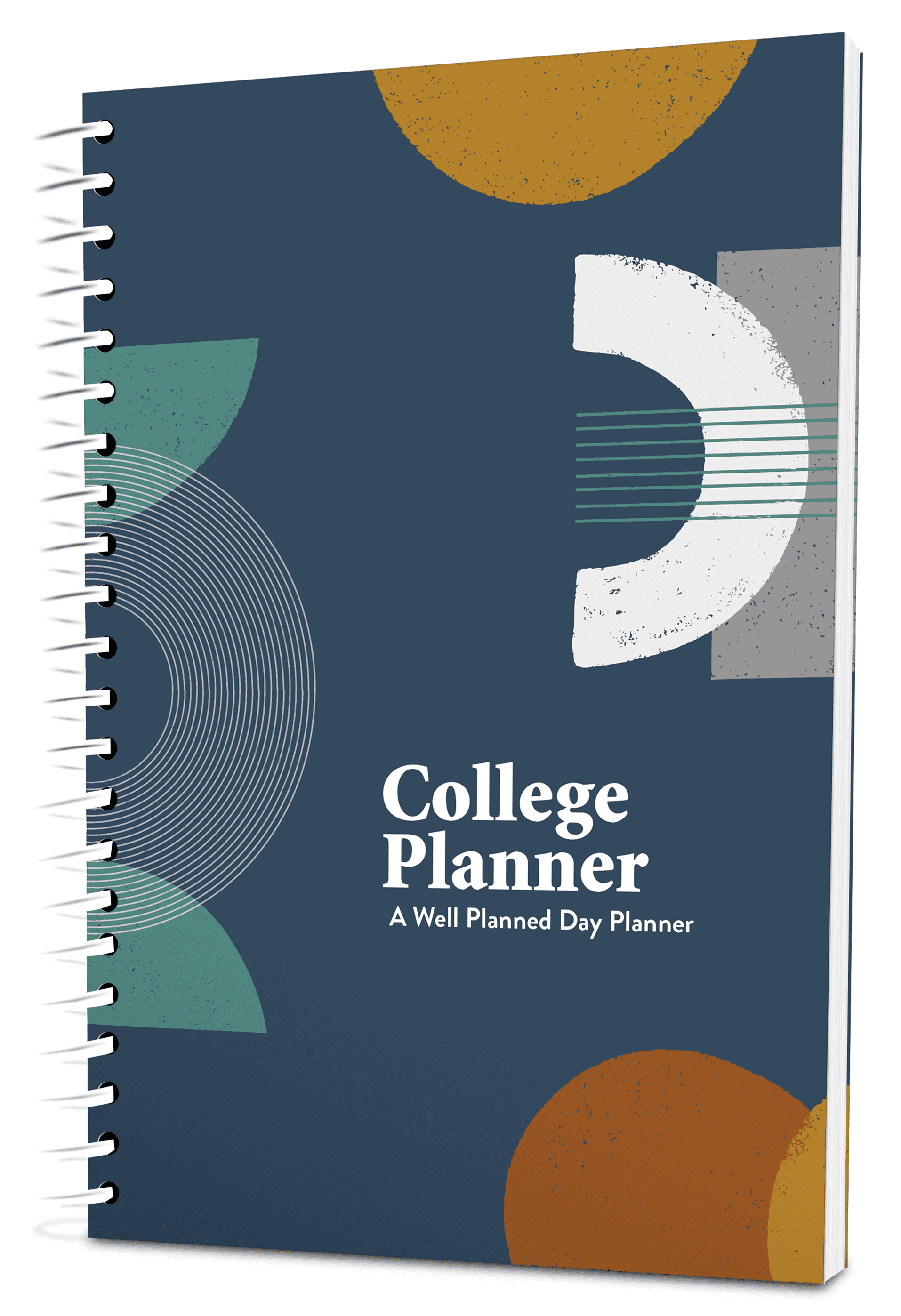Driving in the country can be interesting. Gravel roads require the driver to keep the vehicle as close to center as possible. A bit too far to the left or the right and you’ll find yourself in the ditch. What does this have to do with creating academic goals for the elementary years? As it turns out, plenty.
There seem to be two basic schools of thought when it comes to setting early academic goals: lofty, rigid goals on one side, and almost none at all on the other.
The first can extinguish the love of learning almost before it begins. The other will cause you to arrive at the later middle school years in a panic when you realize your child is nowhere near ready for high school. A better way is to keep academic goals in the middle of the road, and stay out of the ditch completely!
Keeping Academic Goals in the Middle of the Road
As you’re setting academic goals, choosing curriculum, and laying out benchmarks for an elementary student’s school year, “middle of the road” is your best mantra! Here are some practical ways to keep yourself in the middle of the road in each of the four core subjects.
Math
During this stage, math can give lie to the “getting excited” title for this stage of learning, as math facts are anything but exciting. But this is also the perfect stage for using games and fun manipulatives to bring math to life.
Check your library for a variety of math-related living books. Keep your child excited by setting a five-minute time limit on those necessary flashcards and using hands-on learning to really drive home the facts. Don’t forget to show your child the necessity of math in everyday life. Have your child practice real-life math problems while in the kitchen or at the store. Use math vocabulary and talk about math in your regular conversations.
Language Arts
As with math, language arts incorporates the factual component of grammar during this stage. Combine a systematic grammar program with an abundance of reading time to keep learning fun and fresh.
Use games such as Grammar in a Jar or Mad Libs to keep learning grammar fun. Try finding grammar concepts in books the student is reading or her own writing. Consider idea and story building to be the important writing concept for this stage, even allowing oral presentations instead of written essays.
History
History continues to be purely fun during these elementary years. Exploration of history through living books and biographies is a great way to approach the subject at this stage.
Don’t forget the educational power of field trips. Take a trip to a museum to learn about American history. Or check out the wide variety of online field trips available to study history from locations you aren’t able to visit. If you haven’t already, make sure to work map skills and timelines into your learning during this stage.
Science
Science is completely about exploration during this stage. Explore the backyard or park, visit the zoo, check out library books about plants and animals, plant a garden, or find a variety of experiments to enjoy.
Be sure to supply the materials and then give your child plenty of time to explore on his own. Many great experiments can be conducted with free and inexpensive items that might otherwise go out with the trash!
Unit studies can be a great option for science at this stage, exploring all you can about scientific subjects of interest to your child. Field trips to science locations such as children’s museums, wildlife refuges, or factories can make science come alive for your child.
Nature study is a fantastic way to “do science” in the younger years. Take a field guide, a sketchbook, and some colored pencils on a hike and draw all of the different wildlife you come across.
Academic goals in the elementary years do not need to put you into the ditch. Keep things simple, light, and fun, but also make sure that there is a sequential plan in place. By doing this, you can help your children arrive safely at the high school years safely prepared with their love of learning still intact.
















Deborah Burton
This is a great reminder not to go to the extremes, which is generally a great concept in all of life. When homeschooling my two sons (both in college now), I found that having a curriculum as a spine was very helpful, but the topics introduced were always followed up in real life–whether through reading a more in-depth library book about the subject or just taking the book concept into our everyday life. One example I remember was when one son was in first grade, I believe, and his math book introduced the concept of a cup in measurement. Later that day, we were baking and I asked my son to get out the 1/2 cup. “Two of these make a cup!” he said, and then went on to do the same with the 1/3 cup and 1/4 cup. I always loved how the introduction of a math concept in his textbook led to a real life discovery.